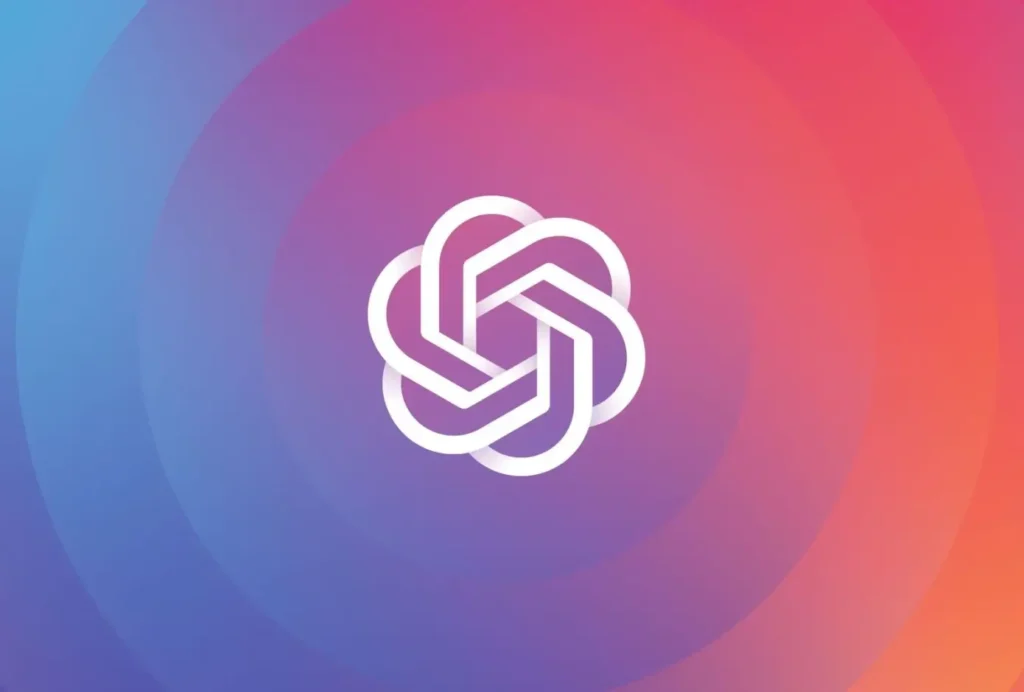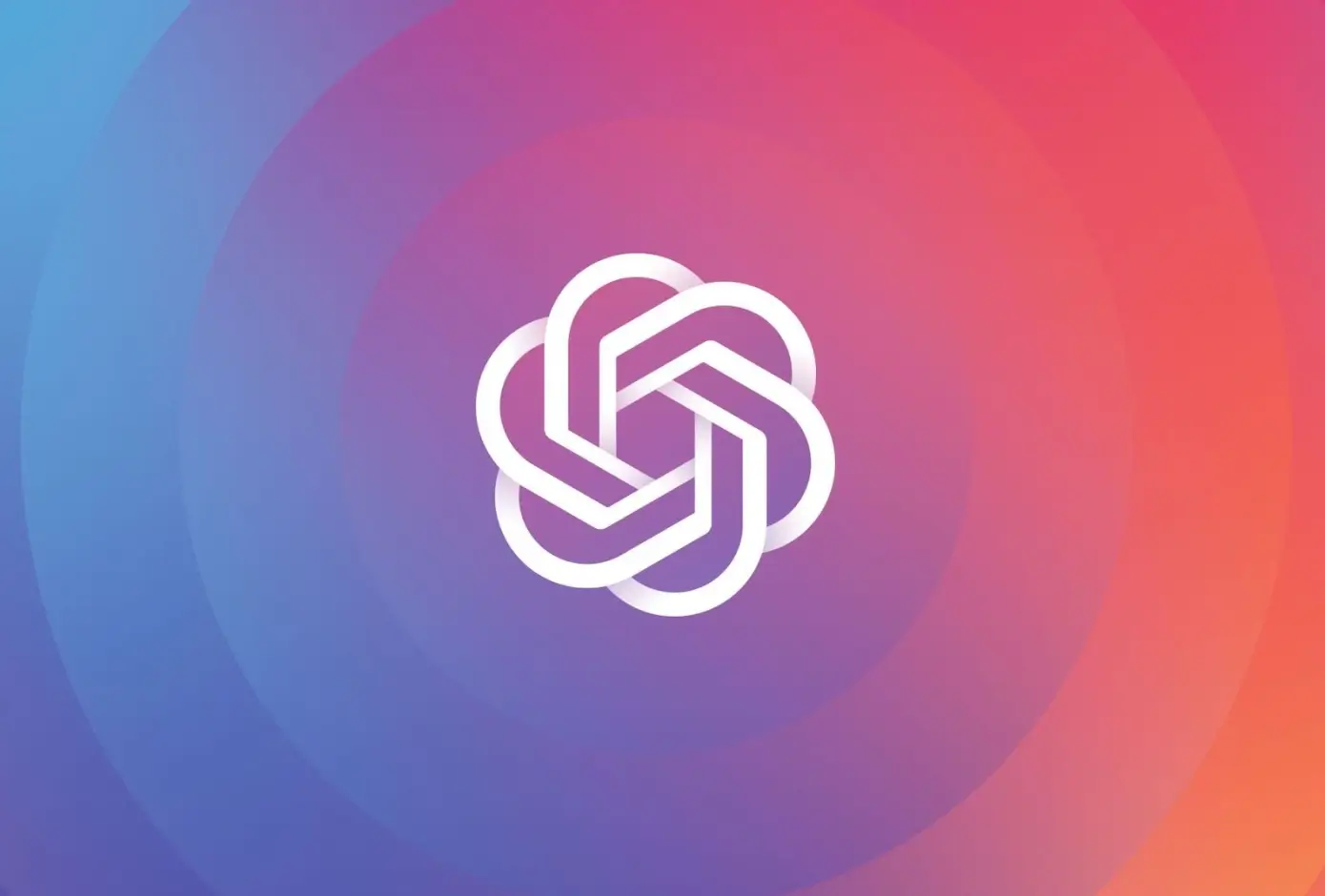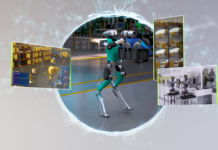AI-powered chatbots are becoming increasingly popular and more advanced with each passing day. One of the most advanced chatbot systems available today is ChatGPT, released by OpenAI on November 30, 2022. In this article, we will discuss ChatGPT in detail and explore some of its key features, potential applications, limitations, and the technical principles behind it.
OpenAI is a research laboratory based in California that specializes in developing advanced Artificial Intelligence (AI) technology. Its most recent program is ChatGPT, based on the earlier GPT-3 AI program. This “large language model” (LLM), is trained on a massive dataset of words, sentences, books, web articles, and conversations. This dataset allows ChatGPT to generate responses based on statistical probability, meaning that it can respond with entire sentences instead of single words, similar to predictive text. This makes the AI more powerful and capable of understanding and creating more natural conversations.
Also Read: ChatGPT: What Is It & How To Use It?
It is a chatbot, a language model developed by OpenAI that is particularly useful for natural language processing (NLP) tasks. It includes language translation, summarization, and text generation. The ability of ChatGPT to generate human-like text replies in response to prompted questions or statements is one of its most impressive characteristics.
Also Read: ChatGPT: Why this Extraordinary Artificial Intelligence Chatbot Is In News Recently?

Potential Applications & Key Features
Additionally, to use ChatGPT for chatbot applications, set up a system where the user can enter text (for example, through a chat interface). The chatbot will then use ChatGPT to respond depending on the user’s input. This might involve pre-processing the user’s text before inputting it into the GPT model and selecting and post-processing the predicted words generated by the model before outputting the response.
Prof Michael Wooldridge, head of foundational AI research at the Alan Turing Institute in London. He explains how ChatGPT works: “ChatGPT works by looking at large amounts of text data. And using statistical probability to predict the most likely words or phrases that should come next in a sentence. For example, if I write a text message to my wife that starts: ‘I’m going to be …’, ChatGPT could suggest the next words ‘in the pub’ or ‘late’. Because it has learned from my past messages that these are the most likely ways I complete that sentence. The same idea applied to a much wider scale to produce smooth and natural responses to user questions.
ChatGPT has many potential applications, including customer service, online discussion forums, and social media. It can also be used to create personalized learning experiences and generate content for social media posts.
Limitations
OpenAI warns that ChatGPT may provide incorrect or nonsensical answers and may even exhibit biased behavior. Additionally, the developers of ChatGPT have noted that the AI is prone to providing long-winded replies, as trainers often prefer longer answers that look more comprehensive.
Prof Michael Wooldridge of the Alan Turing Institute in London cautions that ChatGPT is not something to completely rely on. As it does not know the difference between truth and falsehood. He advises that users should always check the responses given by ChatGPT, as it does not have a true understanding of the world.
Despite its impressive capabilities, ChatGPT is still very much a work in progress. And is nowhere near the Hollywood dream of AI. While it can provide helpful answers to questions such as recipes. It cannot tie shoelaces or ride a bicycle. Meanwhile, it can provide a good recipe for an omelette. Although, it does not actually know what an omelette is. However, ChatGPT is still a transformative technology and has the potential to revolutionize the way we interact with AI.
Conclusion
ChatGPT, an incredibly powerful AI chatbot described by Elon Musk as scary good. The chatbot refuses inappropriate questions, and it can generate more natural conversation than older chatbots. This is due to its advanced language model. However, despite its capabilities, ChatGPT has several limitations. It is unable to provide accurate answers to questions about events that have occurred after 2021 due to its outdated data and, also, it is not able to determine the truth of its responses, as it has no understanding of truth. Additionally, because ChatGPT cannot learn from its interactions, So, it cannot tailor its responses to the demands of the user. Despite these drawbacks, ChatGPT is still a remarkable AI chatbot that can provide users with responses that are natural and conversational.
In conclusion, ChatGPT is a powerful language model used to create increasingly advanced chatbot applications. By understanding the basic principles behind it, as well as potential applications, developers can begin to unlock the full potential of this technology.


































